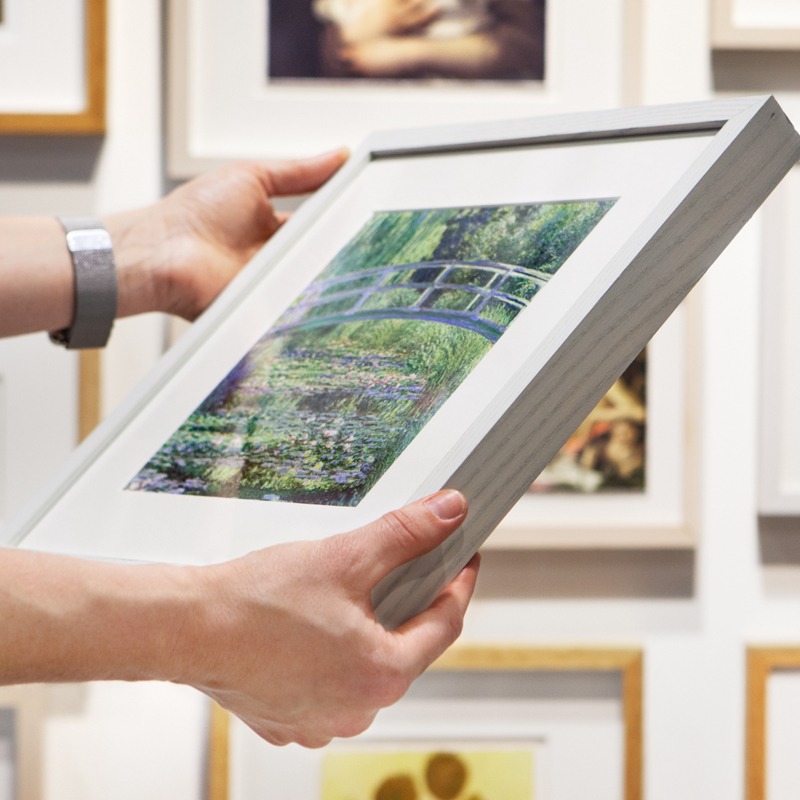Akseli Gallen-Kallela, 'Lake Keitele', 1905
About the work
Overview
This painting shows Lake Keitele in central Finland. The zigzag pattern on the water’s surface is a natural occurrence caused by the interaction of the wind with the lake’s currents, but it is also intended to evoke the wake created by Väinämöinen, the poet-hero of the Finnish saga Kalevala, as he rows across the lake. This epic poem was seen as a founding myth by Finnish nationalists who were seeking autonomy for their country in the late nineteenth century, and reference to it gave Lake Keitele an added political dimension.
Despite the relatively small size of the canvas, Gallen-Kallela creates a feeling of expansive space that brings together meditative stillness and the dynamism of the natural world.
Gallen-Kallela painted three other views of Lake Keitele around 1904–6, all of which show the distinctive zigzag pattern on the water’s surface.
Key facts
Details
- Full title
- Lake Keitele
- Artist
- Akseli Gallen-Kallela
- Artist dates
- 1865 - 1931
- Date made
- 1905
- Medium and support
- Oil on canvas (unlined)
- Dimensions
- 53 × 66 cm
- Inscription summary
- Signed; Dated
- Acquisition credit
- Bought, 1999
- Inventory number
- NG6574
- Location
- Room 44
- Collection
- Main Collection
- Frame
- 20th-century Finnish Frame (original frame)
Provenance
Additional information
Text extracted from the National Gallery’s Annual Report, ‘The National Gallery Review: April 1999 – March 2000’.
Exhibition history
-
2012Akseli Gallen-Kallela (1865-1931). A Passion for FinlandMusée d'Orsay7 February 2012 - 6 May 2012Museum Kunstpalast2 June 2012 - 9 September 2012
-
2015Les Clefs d'une passionFondation Louis Vuitton1 April 2015 - 6 July 2015
-
2015SoundscapesThe National Gallery (London)8 July 2015 - 6 September 2015
-
2017Lake Keitele: A Vision of FinlandThe National Gallery (London)15 November 2017 - 4 February 2018
-
2022Gallen-Kallela: Myths and NatureMusée Jacquemart-André11 March 2022 - 25 July 2022
Bibliography
-
2000National Gallery, The National Gallery Review: April 1999 - March 2000, London 2000
-
2001
C. Baker and T. Henry, The National Gallery: Complete Illustrated Catalogue, London 2001
About this record
If you know more about this work or have spotted an error, please contact us. Please note that exhibition histories are listed from 2009 onwards. Bibliographies may not be complete; more comprehensive information is available in the National Gallery Library.

